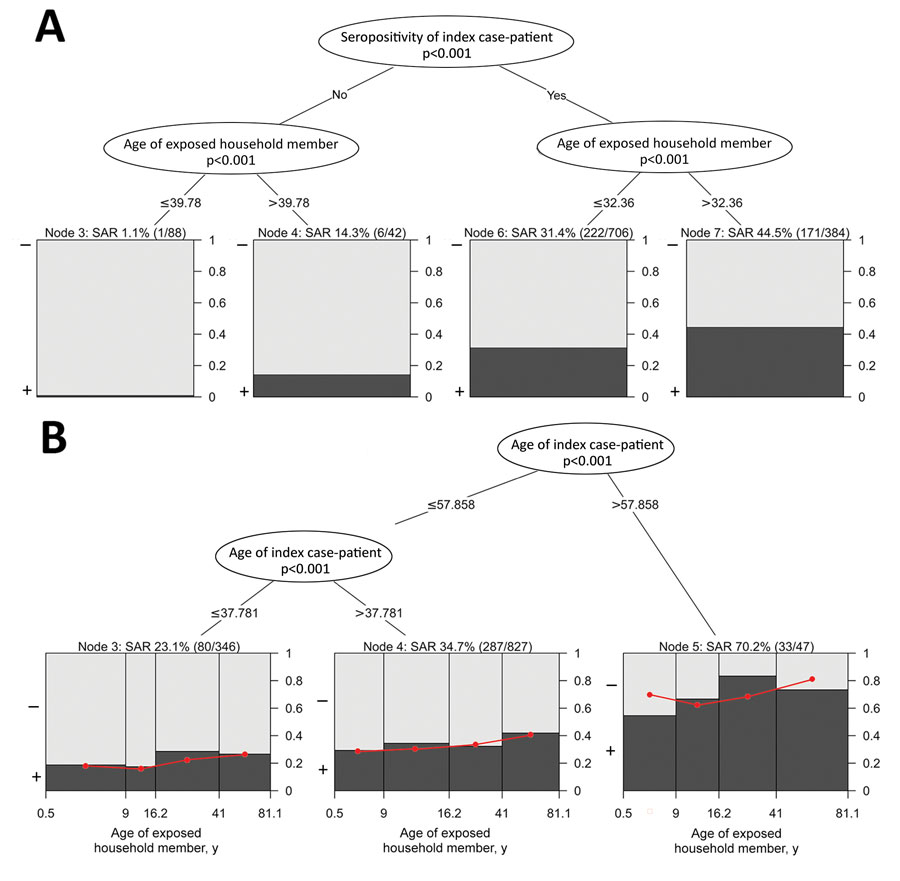Transmission of Severe Acute Respiratory Syndrome Coronavirus 2 in Households with Children, Southwest Germany, May–August 2020
Maximilian Stich
1, Roland Elling
1, Hanna Renk
1, Aleš Janda
1, Sven F. Garbade, Barbara Müller, Hans-Georg Kräusslich, Dorit Fabricius, Maria Zernickel, Peter Meissner, Daniela Huzly, Jürgen Grulich-Henn, Anneke Haddad, Tessa Görne, Benedikt Spielberger, Linus Fritsch, Alexandra Nieters, Hartmut Hengel, Andrea N. Dietz, Thomas Stamminger, Tina Ganzenmueller, Natalia Ruetalo, Andreas Peter, Jonathan Remppis, Thomas Iftner, Kathrin Jeltsch, Tim Waterboer, Axel R. Franz, Georg Friedrich Hoffmann, Corinna Engel
2, Klaus-Michael Debatin
2, Burkhard Tönshoff
2
, and Philipp Henneke
2
Author affiliations: Heidelberg University Hospital, Heidelberg, Germany (M. Stich, S.F. Garbade, B. Müller, H.-G. Kräusslich, J. Grulich-Henn, K. Jeltsch, G.F. Hoffmann, B. Tönshoff); University Medical Centre and Faculty of Medicine Freiburg, Freiburg, Germany (R. Elling, D. Huzly, A. Haddad, T. Görne, B. Spielberger, L. Fritsch, A. Nieters, H. Hengel, P. Henneke); University Hospital and Faculty of Medicine Tübingen, Tübingen, Germany (H. Renk, T. Ganzenmueller, N. Ruetalo, A. Peter, J. Remppis, T. Iftner, A.R. Franz, C. Engel); Ulm University Medical Center, Ulm, Germany (A. Janda, D. Fabricius, M. Zernickel, P. Meissner, A.N. Dietz, T. Stamminger, K.-M. Debatin); German Cancer Research Center (DKFZ), Heidelberg (T. Waterboer)
Main Article
Figure 3

Figure 3. Generalized linear mixed model binary decision trees in study of transmission of severe acute respiratory syndrome coronavirus 2 in households with children, southwest Germany, May–August 2020. A) Model incorporating the 2 most dominant effects (p<0.001) on the SAR of exposed household members, SARS-CoV-2 seropositivity of the index case-patient and age of exposed household members with a seronegative or a seropositive index case-patient. B) Model incorporating only age of the index case-patient as a risk factor; SAR was modeled by age of exposed household member within each node. In both panels, the observed SAR as a proportion of seropositive (black) and seronegative (gray) exposed household members with these characteristics are shown within final nodes and as a percentage with the total number of seropositive/total exposed household members in parentheses above each node. In panel B, the predicted SARs are indicated within each final node as a red dot and red straight line. SAR, secondary attack rate.
Main Article
Page created: September 16, 2021
Page updated: November 19, 2021
Page reviewed: November 19, 2021
The conclusions, findings, and opinions expressed by authors contributing to this journal do not necessarily reflect the official position of the U.S. Department of Health and Human Services, the Public Health Service, the Centers for Disease Control and Prevention, or the authors' affiliated institutions. Use of trade names is for identification only and does not imply endorsement by any of the groups named above.
